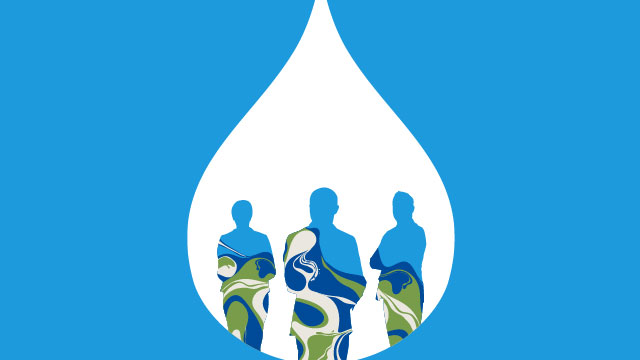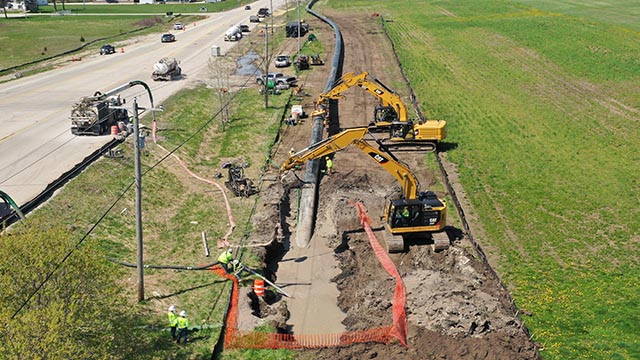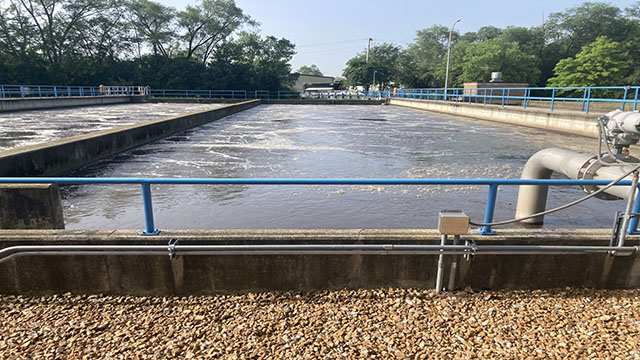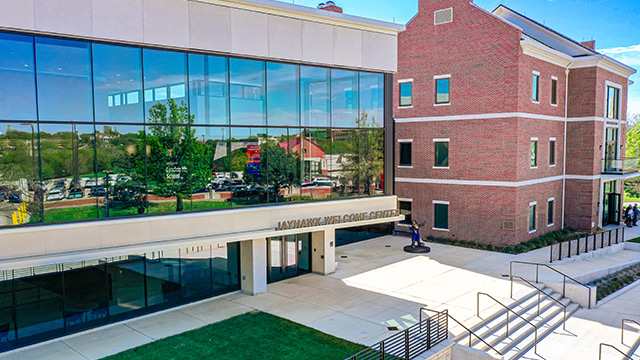Today’s water utilities and municipalities are called to manage regional water resources and infrastructure with a focus on sustainability and resilience. That means having a comprehensive understanding of hazards they face – whether flooding, wildfires, seismic activity, whatever – and a plan to mitigate them. The array of hazards, which are often exacerbated by climate change, impact the resource and the infrastructure – necessitating comprehensive yet tailored mitigation planning to realistically and cost-effectively reduce risks associated with future unknowns.
The risks are real. In the past 5 years, more than $620 billion in economic losses have resulted from climate-related disasters alone. Meanwhile, the benefits of risk mitigation are also real. For example, the National Institute of Building Sciences has documented that mitigation can reduce future disaster costs by $4-6 for every $1 invested.
However, many water utilities and municipalities are not aware of the benefits of hazard mitigation planning, particularly incorporating it into a holistic and nature-based approach that includes integration across multiple planning mechanisms. Hundreds of special purpose water districts operate in California, for example, but only a handful have a stand-alone approved and adopted hazard mitigation plan. As a result, they’re missing out on opportunities to fund projects and support their resilience and sustainability goals.
Hazard Mitigation Planning and Its Benefits
A hazard mitigation plan, or HMP, is a document developed under Federal Emergency Management Agency (FEMA) requirements to minimize the impact of disasters and open mitigation funding streams. The HMP identifies natural hazard risks and vulnerabilities that are common in the planning area, then develops short- and long-term strategies for reducing loss of life, destruction of property, and interruption of services from those hazards. HMPs are crucial to breaking the cycle of disaster damage and reconstruction.
The following are benefits of hazard mitigation planning that can increase the effectiveness of holistic water resource and infrastructure management.
Increased Access to Funding
An approved, adopted HMP creates eligibility for FEMA mitigation grant funding opportunities that are otherwise not available to utilities. This includes the Building Resilient Infrastructure and Communities (BRIC) program. It had nearly $3.3 billion available in FY 2022, with more than $1 billion awarded for water infrastructure projects nationwide. FY 2023 BRIC awards will be announced later this year. Funding streams like BRIC and other FEMA Hazard Mitigation Assistance (HMA) mitigation grants can advance projects that could ordinarily take years of capital budget allocations because of competing priorities. Being eligible for and leveraging this grant funding could free up capital improvement funds to implement other projects of importance. Examples of water districts and municipal water systems in California that received FY 2022 BRIC mitigation funding include the following:
El Dorado Irrigation District—received $7 million to mitigate wildfire risk to the district’s infrastructure that supplies raw drinking water to about 42,000 customers. The project will replace a wooden flume with a concrete conveyance structure.
City of Riverbank—received $50 million for a groundwater recharge project to increase the city’s wellfield capacity from 1.6 million to 2.3 million gallons per day, benefiting a community of about 25,000 residents.
City of Hillsborough—received $23.4 million to design and build a new pump station and underground pipeline to mitigate wildfire and seismic activity, which will benefit three area communities.
Improved Project Success Via Plan Integration
A utility or a special purpose district may participate in a multi-jurisdiction plan (city or county) where the service area is located or elect to have their own stand-alone plan. While the multi-jurisdiction approach opens the door to grant funding opportunities, it does not allow a district to see their vision of resilience carried through all their planning efforts. Utility-specific hazard mitigation strategies and priorities can be diluted in a broader planning effort.
Stand-alone HMPs are individually tailored to the special purpose district allowing for a more utility-focused risk assessment, strategy development, and integration into other plans, policies, and programs. This may include integration with capital improvement programs, climate action and adaptation plans, water loss management analysis, water resource management plans, AWIA risk and resilience assessment and risk mitigation plans, and many others. Integration lightens the lift by allowing the HMP to inform the other plans, increasing efficiency and funding eligibility.
For example, a water district in Southern California recently developed a stand-alone HMP with contract support from Black & Veatch. It included a project to develop a climate resilience plan using the risk and vulnerability assessment from the HMP. The proposed resilience plan is an excellent example of plan integration that has both federal and state funding potential.
Coordinated Assessment of Risks and Vulnerabilities
One of the FEMA requirements in hazard mitigation planning is developing a robust risk and vulnerability assessment of the hazards that may impact the region. HMPs must assess all potential natural hazards and may assess non-natural or human-caused hazards as well. These risk assessments provide the data needed to integrate informed resilience planning components in the HMP.
In parallel, Section 2013 of the America’s Water Infrastructure Act (AWIA) requires water utilities to conduct a risk and resilience assessment and regularly update an emergency response plan.
On their own, these AWIA assessments do not open the mitigation grant funding streams that can be accessed with an HMP. Using the risk and vulnerability assessment in an HMP to inform an AWIA assessment not only allows for risk assessment alignment and integrated resilience planning across both plans but also opens mitigation funding opportunities to execute projects.
A Progressive Approach to Hazard Mitigation Planning
Progressive planning removes the silos that come from developing plans and assessments independent of each other. A progressive approach is essential to navigate the extensive FEMA requirements for developing and implementing an approved HMP, and to integrate across other planning efforts and programs. An experienced advisory partner can assist your team in developing a comprehensive HMP that promotes effective and holistic management of your water resources and infrastructure.

The first step is to review and list plans and programs that are already in place. This will help determine the level of planning and integration that is needed.

The mitigation planning process includes public and stakeholder outreach, considerations of socially vulnerable communities and climate change impacts, developing a detailed risk and vulnerability assessment, and an action plan that includes priority and mid- to long-term projects for implementation.

Use hazard risk assessment data and maps from the HMP to inform other planning efforts.

Apply for available mitigation grant programs or other local, state, and federal funding opportunities, including developing a benefit/cost analysis. Provide grant management support.

Implement mitigation projects by providing consulting, planning, or design/build services.

Re-evaluate risk and project prioritization, and track implementation success.
Learn how Black & Veatch can help your team advance resilience, leverage funding, and shape a sustainable tomorrow with planning and implementation solutions here.








